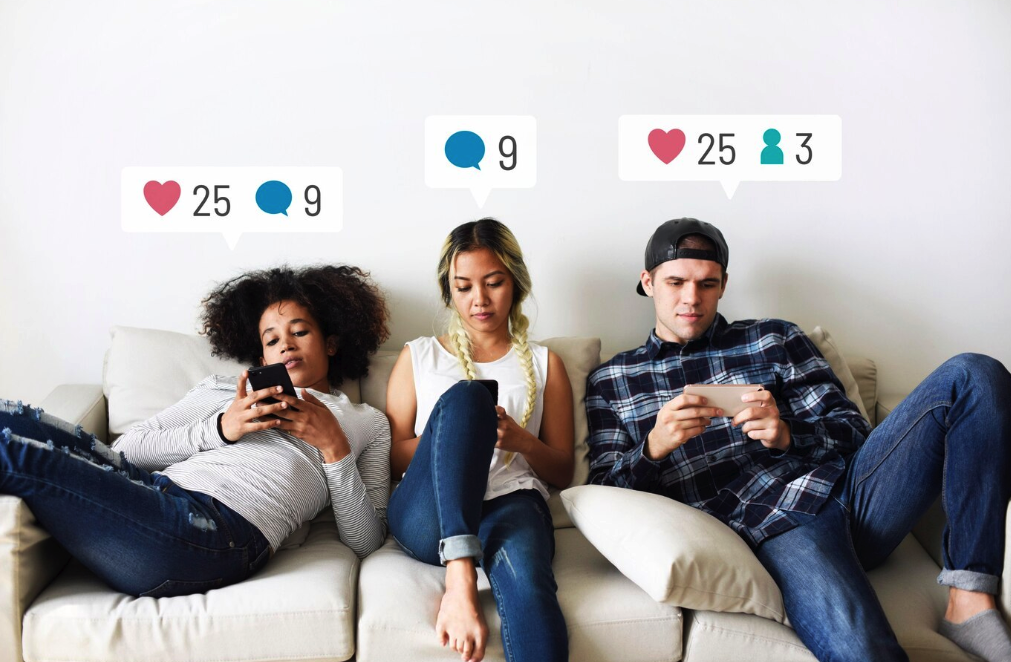Online advertising can help small business owners reach a wider audience and grow their customer base efficiently. This is the era of instant clicks and endless content. Every second, someone scrolls, searches, or streams. Brands no longer rely on billboards or flyers alone. Instead, they turn to online ads.
However, digital advertising has changed. It’s no longer about just posting an ad. It’s about reaching the right people, in the right way, at the right time. Therefore, if you want your ads to work in 2025, you need a smart plan. Let’s explore five important tips to help you get better results from your online advertising.
1. Know Exactly Who You’re Targeting

Therefore, the first rule of smart advertising is clear targeting. Your message must reach the right audience. If it doesn’t, even the best ad will not perform. Moreover, platforms like Google Ads, Meta Ads, and TikTok Ads give you many targeting options. These include age, location, language, interests, online activity, and even device type.
Hence, before creating your ad, ask these questions:
- Who is my product or service for?
- What problems do they face?
- Where do they spend time online?
For example, an ad for baby care products should not target teens or people without children. Instead, you’d want to reach new parents aged 25–40 who visit parenting blogs or follow family content.
In addition, try using “lookalike” or “custom” audiences. These tools help you reach users who are similar to your current customers. As a result, better targeting leads to better engagement, more clicks, and higher sales.
2. Make Your Ads Clear, Short, and Useful
Thus, online users scroll fast. You only have a few seconds to grab attention. Your ad must speak clearly and directly. Consequently, skip long paragraphs or clever jokes. Say what the ad is about, show the product or offer, and tell users what to do next. For example, instead of saying “Experience the best in digital hydration,” say “Get 20% off water bottles today.” The second option is shorter, simpler, and gives a reason to click. Moreover, visual elements should match your message. Use clean images or videos with enough space, easy-to-read text, and branded colors.
That is to say, your ad should always answer three things:
- What is being offered?
- Why should the viewer care?
- What action should they take?
After all, clarity leads to clicks. Confusion leads to skips.
3. Match the Right Platform to Your Goal
Hence, not every ad belongs on every platform. Each platform serves a different purpose, and users act differently on each one. For example, if you want to get direct purchases, Google Search Ads or YouTube TrueView for Action might work best. These target users who are already looking for something specific. On the other hand, if your goal is brand awareness or reaching a younger crowd, TikTok or Instagram Reels are good picks. These platforms focus on quick, visual stories that entertain.

Google Search Ads
- Best for: High-intent users searching for products or answers.
- Format: Text-based, keyword-focused.
- Use it when: You want conversions or traffic to a landing page.
Facebook/Instagram Ads
- Best for: Broad audience targeting and visual storytelling.
- Format: Images, carousels, and short videos.
- Use it when: You want to build trust, grow a following, or share deals.
YouTube Ads
- Best for: Showing how a product works or building brand recall.
- Format: Short skippable or non-skippable video ads.
- Use it when: You want to demonstrate value with visuals and sound.
TikTok Ads
- Best for: Viral-style engagement with Gen Z and younger users.
- Format: Short-form, sound-driven videos.
- Use it when: You want content that blends into entertainment feeds.
Display Ads
- Best for: Retargeting and visual branding.
- Format: Banners and static ads shown across websites.
- Use it when: You want to stay visible after users leave your site.
Therefore, always align your ad with the user’s mindset on that platform. People search on Google, scroll on Instagram, and laugh on TikTok.
4. Design Everything for Mobile Users
In fact, over 80% of online ad views in 2025 happen on phones. If your ad or landing page is not mobile-friendly, you risk losing almost everyone. Consequently, your ads must be built with small screens in mind. This includes format, layout, and loading speed. Moreover, simple mobile design helps users focus and act. Avoid large files, small buttons, or text that’s hard to read.
Mobile design tips for ad success:
- Use vertical video (9:16) for Reels, Shorts, and TikTok
- Add subtitles, many watch without sound
- Make call-to-action (CTA) buttons large and visible
- Avoid clutter and flashy effects that slow loading
- Test your ad on different phone sizes
As a result, better mobile design means more clicks, less bounce, and more sales.
5. Test, Track, and Improve Weekly

Thus, great advertisers don’t guess, they measure. You need to check how your ads are doing, even after they go live.
In addition, every platform offers clear data like:
- Click-through rate (CTR)
- Cost per click (CPC)
- Cost per result (CPR)
- Bounce rate
- Conversion rate
For example, if one version of your ad has a 3% CTR and another has 0.5%, keep the better one. Pause or edit the weaker ad. Moreover, run small A/B tests with headlines, images, and CTAs. Try one change at a time and track the result. After all, ads need regular updates to stay fresh and effective. Do not set and forget.
Conclusion – Online Advertising
In conclusion, online advertising in 2025 is more focused, faster, and more data-driven than ever. To succeed, you need more than just a good idea, you need a process.
Therefore, start by choosing the right audience, crafting a clear message, picking the best platform, designing for mobile, and reviewing results weekly. These five tips help you avoid waste and reach the right people at the right time.
Ultimately, great advertising is not about doing more, it’s about doing it smarter. With the steps above, your online ads can perform better, cost less, and deliver stronger results every time.
